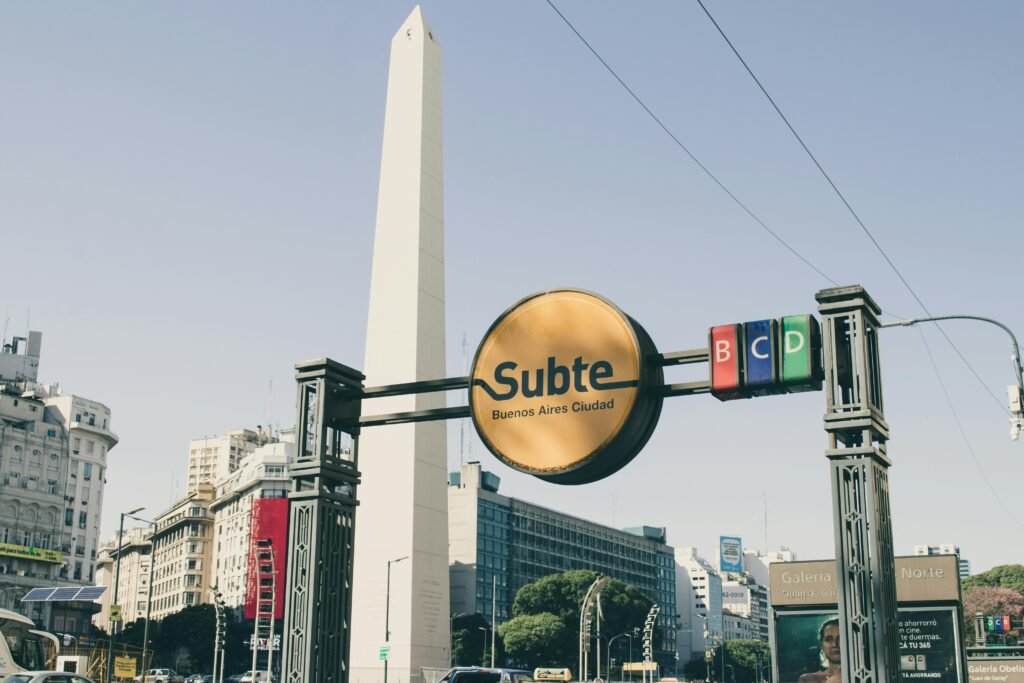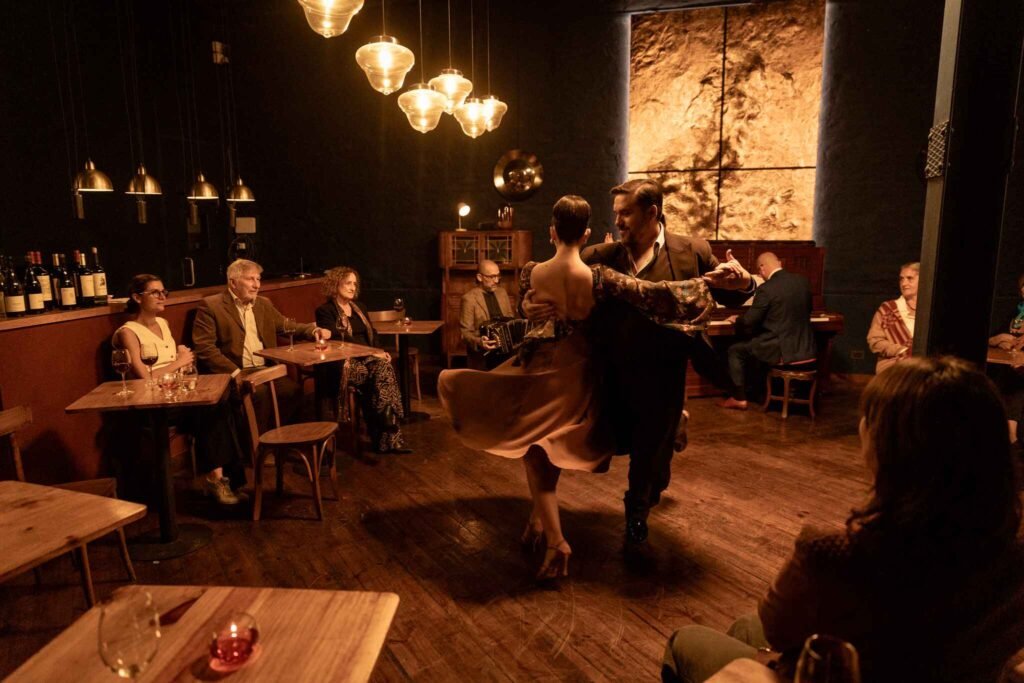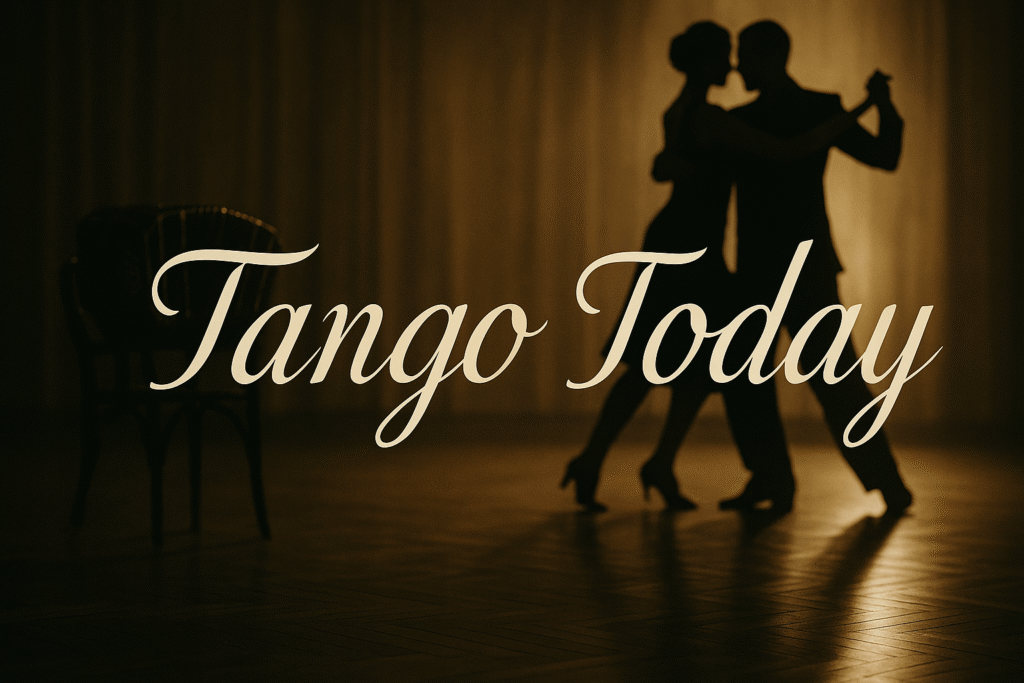If what brought you here is the urge to experience tango in its real form (not the polished postcard version, but the kind that’s part of everyday life in Buenos Aires) you’re in the right place. A true tango experience isn’t something you just watch. It’s something you live.
There are plenty of ways to see tango in this city: on a stage, at a dinner, in a plaza. But there are also ways to live it: on a dance floor, in a crowded milonga, or during your first lesson when your body finally catches the rhythm.
Whether you’re curious about learning, watching, or just soaking it in, this guide is your way into the world of tango in Buenos Aires. Honest, local, and built around experiences that actually matter.
Get Inspired: Start Your Tango Experience in Buenos Aires
Some things hit harder when you see them up close. Tango is one of them.
Forget everything you’ve seen in staged videos or glossy dinner shows. In Buenos Aires, the best tango experience is the one that moves you. And if you’re looking for that spark, there’s one place we recommend above all: Secreto Tango Society.
This isn’t a tourist trap or a flashy production. It’s an intimate, stripped-down show that invites only twenty guests per night. There’s no elevated stage, no distractions—just you, the musicians, the dancers, and the intensity of something that feels alive. It’s not about watching. It’s about feeling.
And it starts early. Which is great, because once the show ends, your night is just beginning. You can head off to dinner, find a cozy bar, or—if the spark really lit up—keep going deeper into the tango world.
Explore Secreto Tango Society and start your Buenos Aires night with something unforgettable.
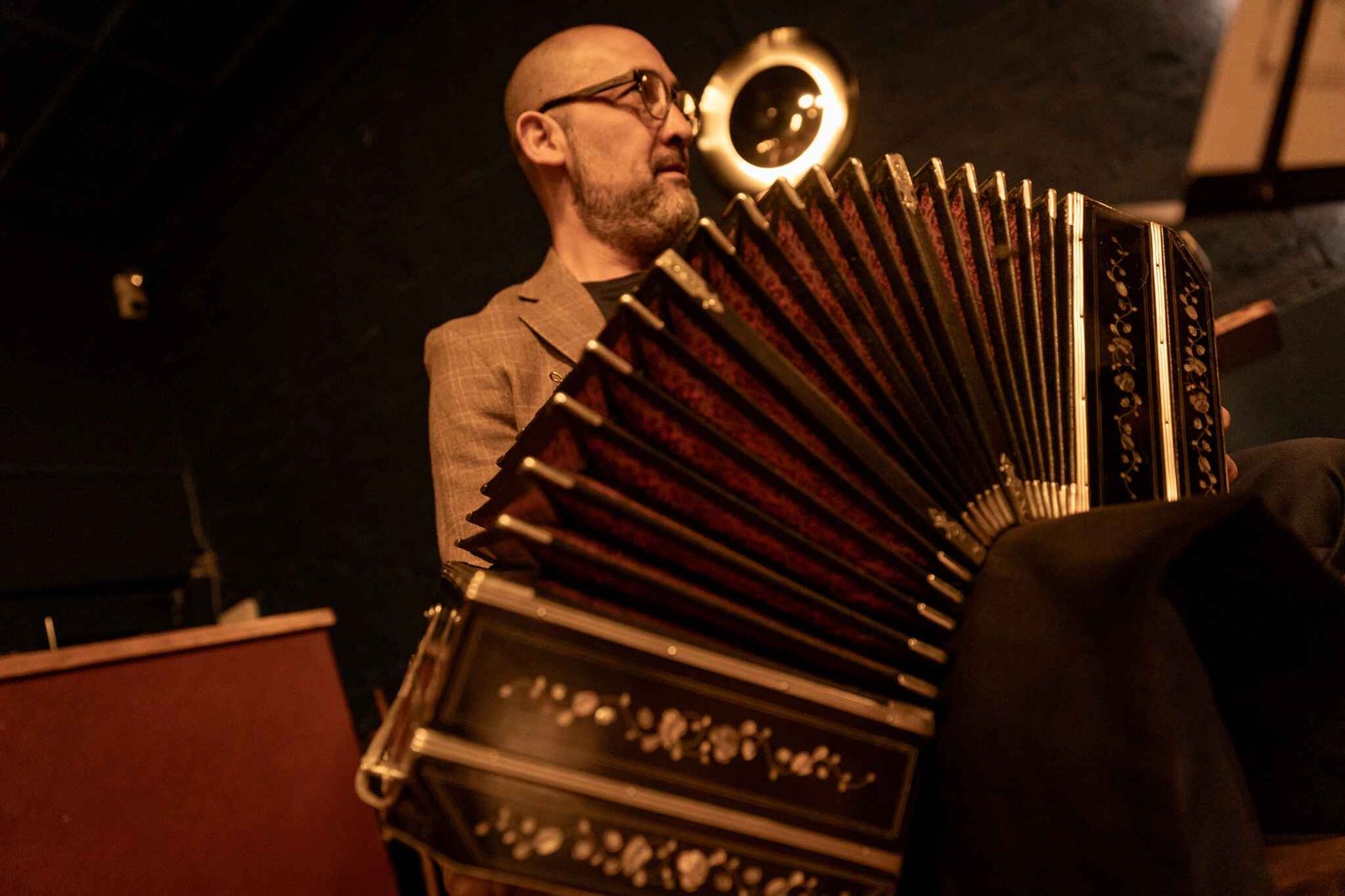
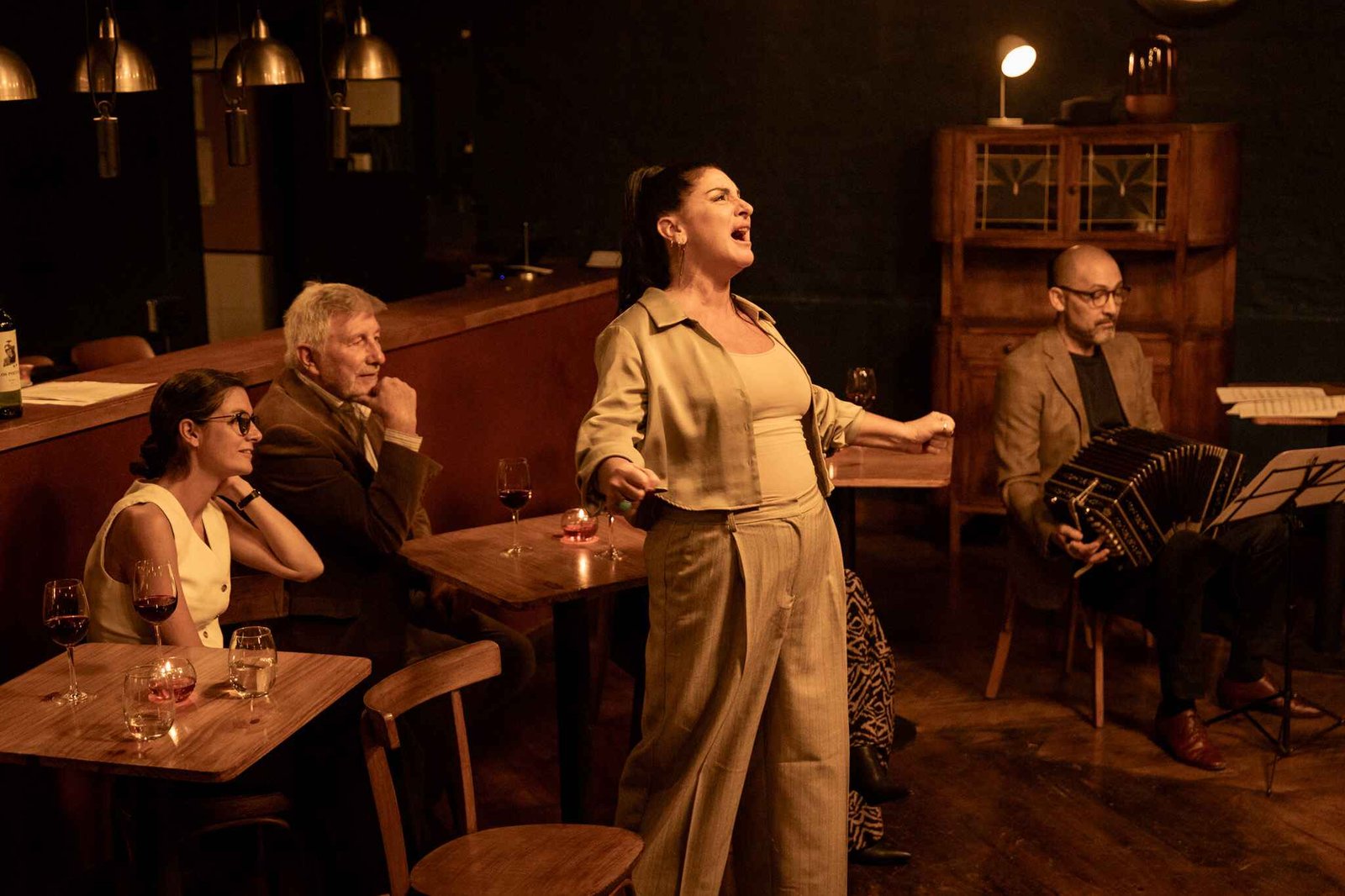
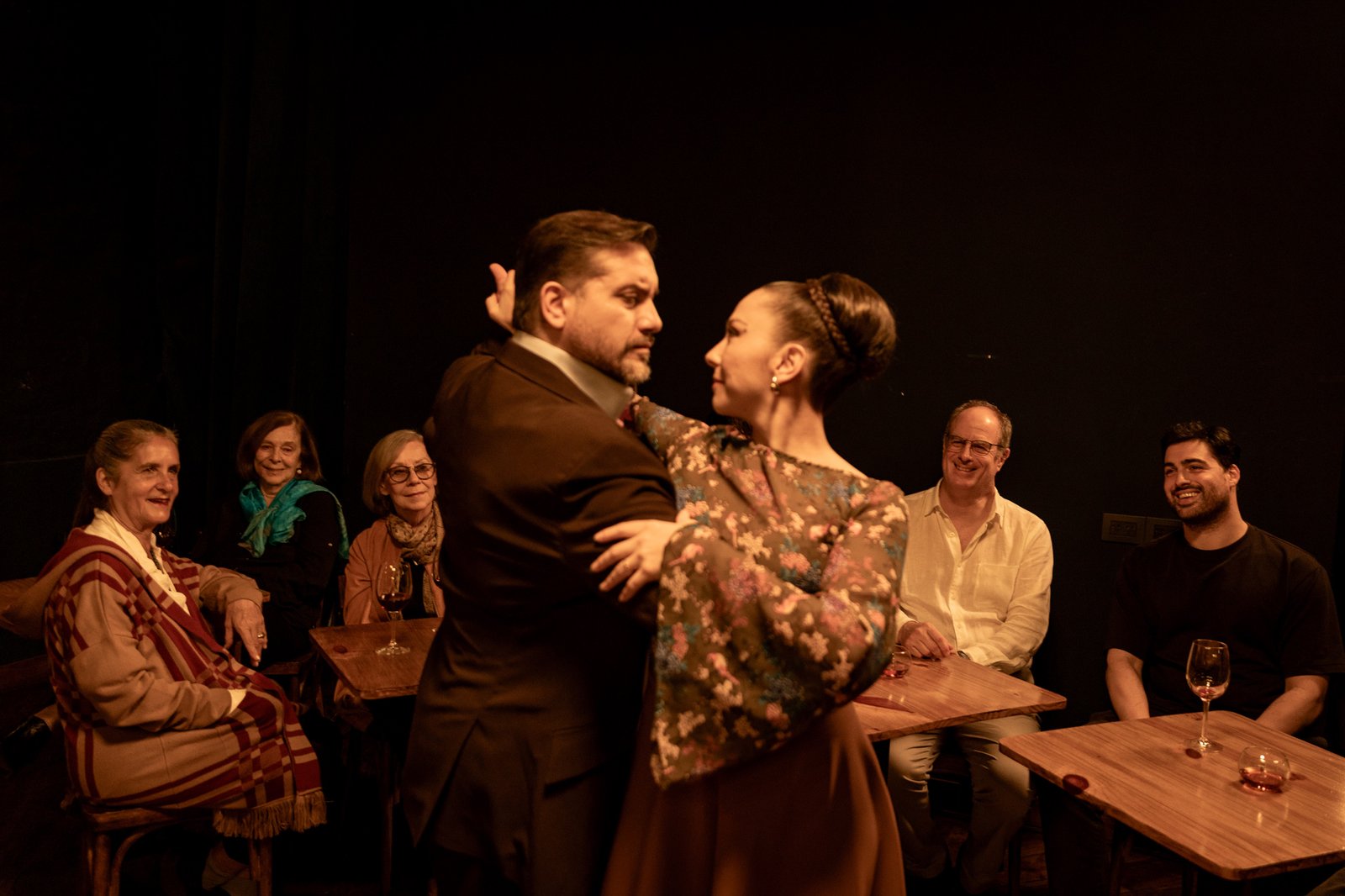
From here, you might want to take that emotion and do something with it. Learn to dance. Walk into a milonga. Ask questions. Try. Because Buenos Aires isn’t just a place to watch tango, it’s a place to live it.
Let’s break down how.
Tango Lessons in Buenos Aires: Learn Where It All Began
Buenos Aires, the birthplace of tango, is still the best place in the world to learn it. Taking tango lessons in Buenos Aires isn’t just another tourist activity but a way to step directly into the rhythm of a living culture. It’s real, raw, and open to everyone.
And the good news? You don’t need any experience. Whether it’s your first time dancing or you already know your ochos and boleos, there’s a class here that fits your pace and comfort level. Tango welcomes you as you are (yes, even if you feel a bit uncoordinated).
What do you actually learn in a tango lesson?
As we said, tango is more than steps. A good class teaches you how to listen, connect, and move with purpose. Here’s what’s usually covered:
- Posture and balance, to stay grounded and move with ease
- The embrace, whether close or open, always meaningful
- Core movements, like the ‘caminata’ (walking step) and ‘ochos’ (figure-eight patterns)
- Musicality, because tango is felt as much as it’s danced
- Improvisation, which lets you respond naturally to your partner and the music
Where to take Tango Lessons in Buenos Aires
You’ll find all kinds of learning spaces across the city. Some of the best include:
- Tango schools like DNI Tango or Escuela Mundial de Tango, offering classes with experienced teachers who guide you through technique, rhythm and connection.
- Private lessons with local dancers, ideal if you want one-on-one attention and quick progress.
- Intro-level group classes, perfect for easing into tango in a relaxed and social way.
💡 Bonus: You don’t need a partner to start since most classes rotate partners. This way you can learn to connect with different people.
If you want to be sure and choose the class that suits you best, you can take a look at our guide on tango lessons in Buenos Aires.
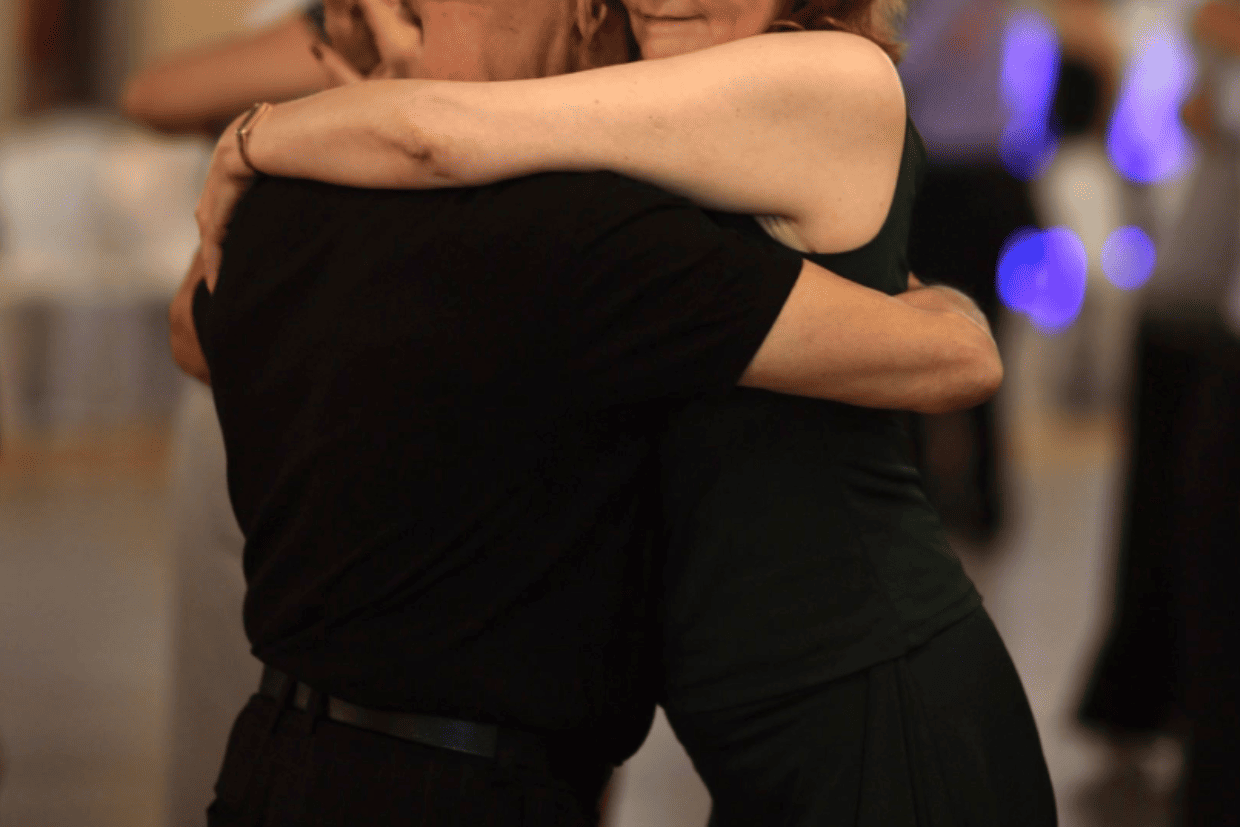
Milongas: Dancing with the Locals
If you want to get a feel for tango as it really happens in Buenos Aires, go to a milonga. These are social dance nights where people gather to dance, listen to music, and share the floor with strangers, friends, and sometimes tourists who are just curious.
There’s no big stage, no show lights. Just a dance floor, some rules everyone entiende, and a vibe that’s hard to explain until estás ahí.
Before most milongas start, there’s often a group class. It’s a good way to warm up or learn the basics, and it makes the rest of the night feel more approachable. La Viruta and Salón Canning are two classic spots that mix local flavor with a welcoming atmosphere. You’ll find beginners and old-school dancers in the same room, taking turns on the floor.
Milonga and tango aren’t the same, even if they’re danced in the same place. Milonga (the dance) came first. It’s faster, more playful, with compact movements and rhythmic steps like the traspié. Tango, in contrast, gives more space to interpret the music. It can be slow and intense or quick and sharp, but it always carries more weight in the emotion and connection between dancers.
Some people describe milonga as light and social, and tango as expressive and deep. It’s not about one being better than the other. They just offer different things. And most nights, you’ll see both on the same floor.

Still deciding between going to a milonga or a tango show? Each one offers something different. A milonga is relaxed, spontaneous and full of everyday moments. A tango show is a performance, often more polished and dramatic.
If you’re looking for something that sits in the middle, Secreto Tango Society might be your thing. It’s not a typical show and it’s not a milonga either. It’s a small gathering where the dancing and music unfold close to you, almost as if you stumbled into something private.
📌 Curious about the differences between tango and milonga? Check out our article that breaks them down
Tango Festivals: Buenos Aires on Fire
If you’re looking for a tango experience that goes beyond the usual, a festival is the way in. Buenos Aires takes tango seriously, and it shows, especially during these events where the entire city seems to move to the same rhythm. Streets fill with music, dancers show up in every neighborhood, and suddenly you’re not just watching tango, you’re living it.
The most famous of them all is the Tango BA Festival and World Championship, held every August. It’s massive, it’s free, and it gathers dancers, musicians, and fans from all over the world. For two weeks, you can take workshops, attend live shows, listen to the best orchestras, dance at open-air milongas, and even watch the best tango couples compete for the world title.
But Buenos Aires doesn’t wait for August to celebrate tango. All year long, smaller and more niche festivals pop up around the city. These events are great if you’re looking for something more personal, more connected, and sometimes more unexpected. Take Queer Tango Festival, for example. Here, dancers explore role switching and break away from traditional norms. Or Lady’s Tango Festival, focused on women’s roles and visibility in the tango world, on and off the dance floor. These kinds of festivals offer a different lens on tango, opening the door to new dynamics, fresh ideas, and a broader sense of community.
Tango festivals usually include exhibitions, talks, and cultural events too. From photo galleries and costume displays to documentaries and interviews with tango legends, you’ll get a broader picture of what tango means to Buenos Aires. Museums like the Carlos Gardel House Museum often join in with special programming.
A few tips if it’s your first time
- Plan ahead: Some events fill up fast. It’s smart to check schedules and book workshops or tickets in advance.
- Know the basics: Even if you’re not dancing, understanding tango etiquette helps. Watch how people interact, how they ask for a dance, how they move through the space.
- Dress for it: You don’t need to go full glam, but neat and stylish goes a long way.
- Keep it open: Some of the best moments at a tango festival happen outside the plan. A conversation, an unexpected performance, a random dance. Let it happen.
Tango festivals in Buenos Aires aren’t just events. They’re a way to step into the culture in motion. Whether you’re dancing, watching, or just soaking it in, they offer something real.
✨ Want the full list? Check our complete guide to tango festivals in Buenos Aires to find the one that fits your vibe.

FAQs About Experiencing Tango in Buenos Aires
Do I need to know how to dance to enjoy tango in Buenos Aires?
Not at all. You don’t need to step onto the dance floor to appreciate tango. Many visitors choose to watch a live show or spend an evening observing at a local milonga. It’s about soaking in the atmosphere and getting a feel for how tango moves through the city. If you’re curious to go a bit deeper, check out our full guide on tango dancing in Buenos Aires, where we explore its history, signature moves and cultural impact.
What should I wear to a tango show or milonga?
Most shows recommend smart casual attire, and milongas can range from very relaxed to semi-formal depending on the venue.
Are dinner shows worth it?
In many cases, not really. While they’re popular, the combination of food and dance often means that one compromises the other. If you’re after a truly focused, emotional tango experience, it’s better to choose a dedicated show like Secreto or a real milonga.
Can I take tango lessons even if I’m just visiting for a few days?
Yes! Many studios and teachers in Buenos Aires offer one-time classes or short-term packages that are ideal for travelers. You don’t need to commit to a full course, you can take a single class and still get a feel for the basics. Some milongas even include a quick group lesson before the dancing starts, making it easy to join in.
And if you’d like to get a head start before arriving, check out our guide on how to learn tango — it’ll help you feel more confident stepping onto the dance floor, even on a short trip.
Ready to Go Beyond the Postcard?
By now, you’ve seen that experiencing tango in Buenos Aires goes way beyond sitting through a performance. This guide has walked you through real options: lessons for every level, authentic milongas, and festivals that take over the city. Even if you’re only here for a few days, there are plenty of ways to connect with tango at your own pace.
Want to go deeper? Check out our full guide to Tango in Buenos Aires for more tips, stories, and insights.
Wherever you begin, the important thing is to give it a try. You don’t need to be a pro. In this city, tango is part of everyday life, and there’s always room for one more.
How useful was this post?
Click on a star to rate it!
Average rating 5 / 5. Vote count: 1
No votes so far! Be the first to rate this post.
